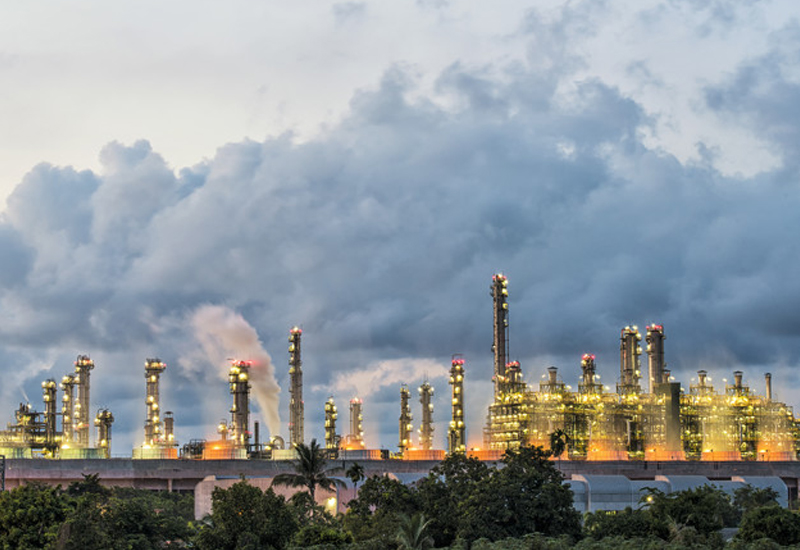As reported by the World Health Organization in 2014, the mortalities associated with air pollution were estimated to be around 7 millions in 2012 (~1/8 of total global death), whereas the PM-associated mortalities also reached the same order of magnitude, clearly pointing out that air pollution and PM suspended in it has become the largest environmental risk factor for health. Amongst, PM2.5, a term referred to PM with an aerodynamic diameter ≦ 2.5 μm are particularly harmful to health as they are capable of permeating through the lung alveolar and entering the systemic circulation. Albeit epidemiological studies have established the firm correlations between PM2.5 and numerous major diseases, including lung and pulmonary diseases, cardiovascular diseases, neurodegenerative diseases and cancers, however, lack of a deep understanding of the intrinsic physico-chemical, biochemical and dynamical properties of aerosols originated from different resources has prevented one from developing effective strategies to resolve and/or alleviate the adverse health effects caused by aerosols. Therefore, it is extremely crucial to advance our understanding regarding the fundamental structural, energetic properties and chemical activities of aerosols. The crucial factors that may govern the chemical activities of aerosols, such as the chemical composition, the size of aerosols, the role aqueous media, local chemical environments and pH conditions also need systematic investigations.
To address this important issue, CCW Aerosol Lab has dedicated in developing novel aerosol spectroscopy techniques and in interrogating the fundamental energetic characteristics, hydration structures and kinetic properties of aerosols, and the determinant factors that affect these properties.
For example, we have successfully developed the high-resolution aerosol VUV photoelectron spectroscopy, which allows one to probe the valence electronic structures of aerosols, which in turn play a decisive role in the redox activities of aerosols.


